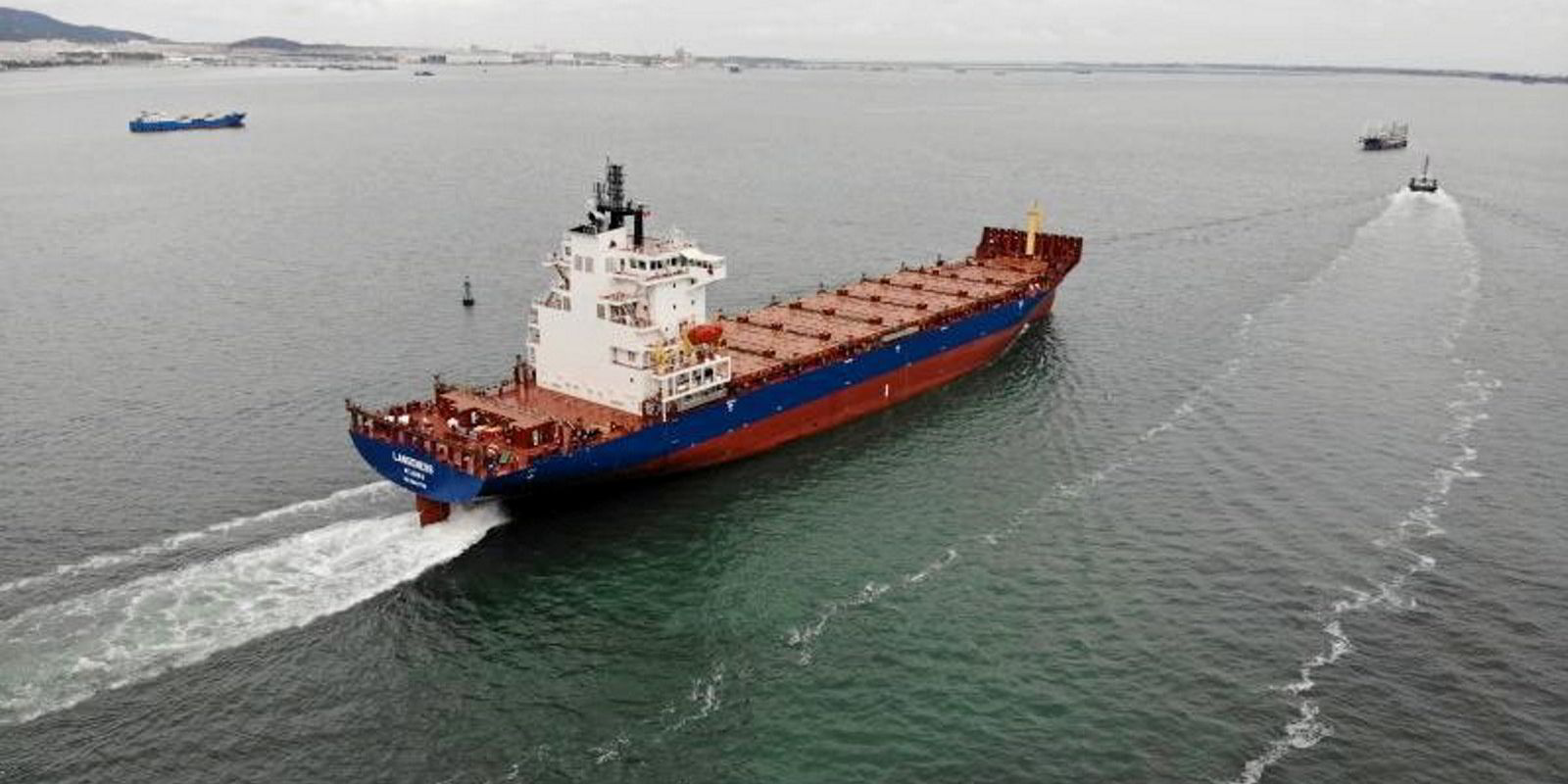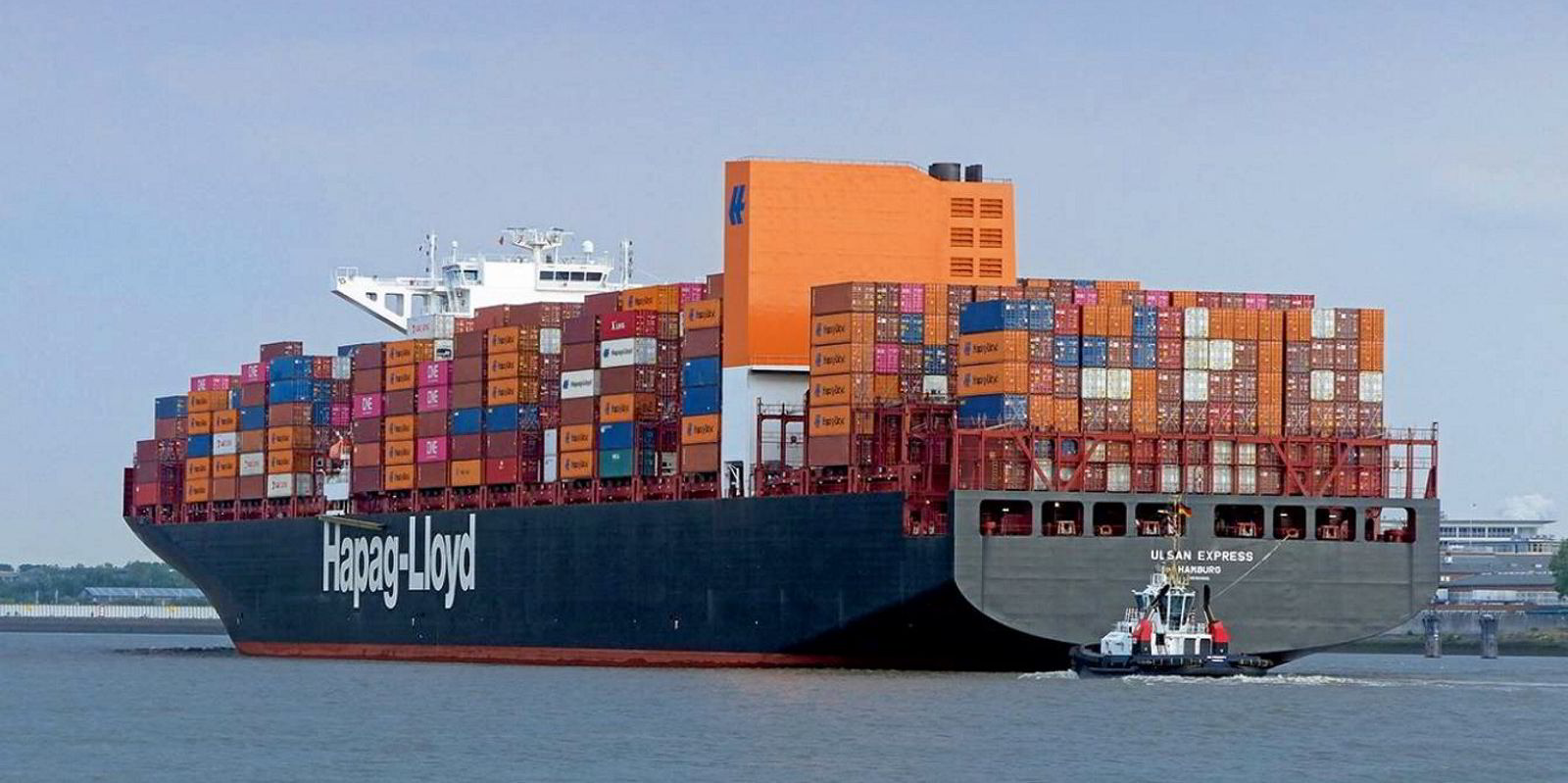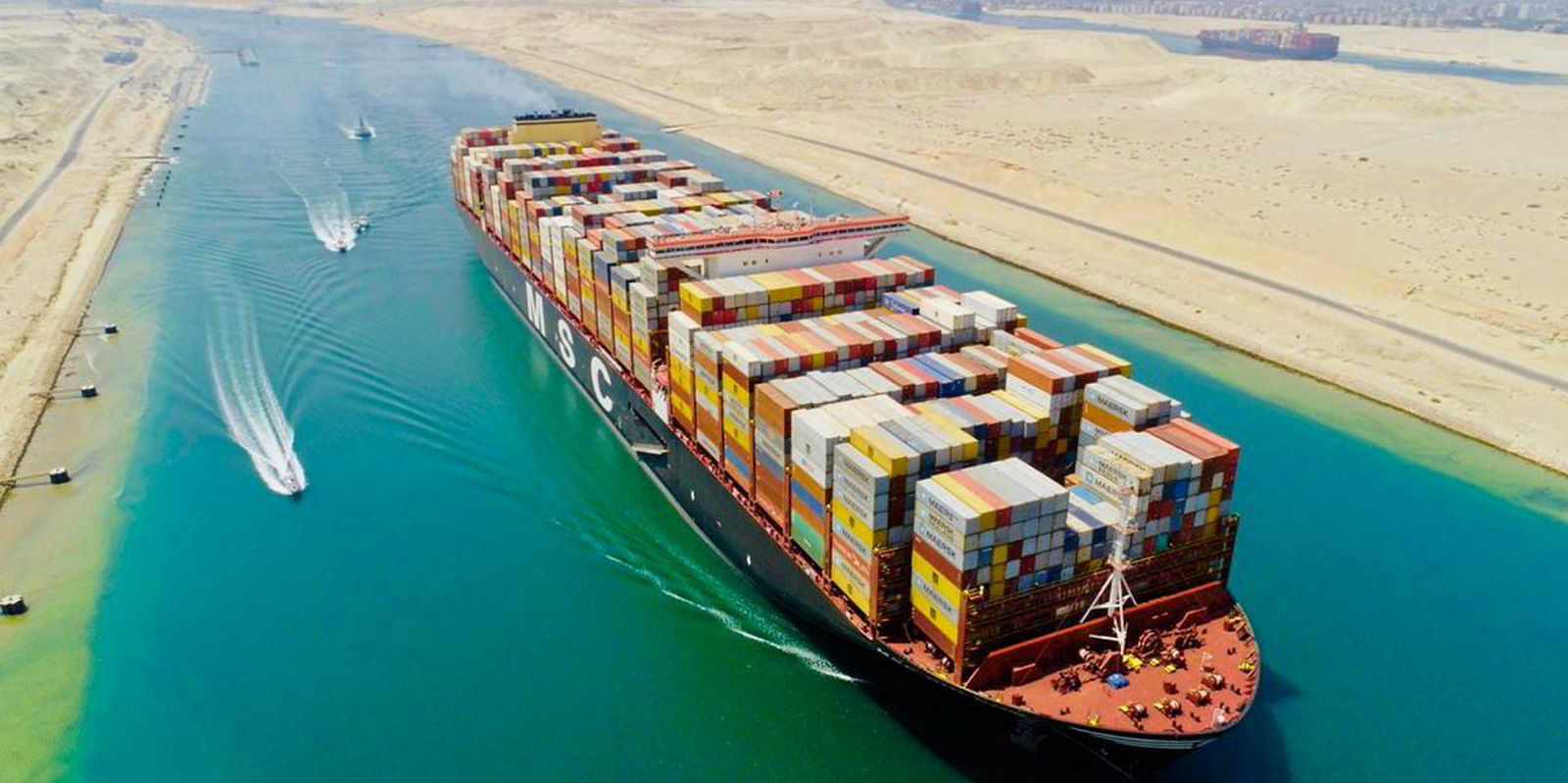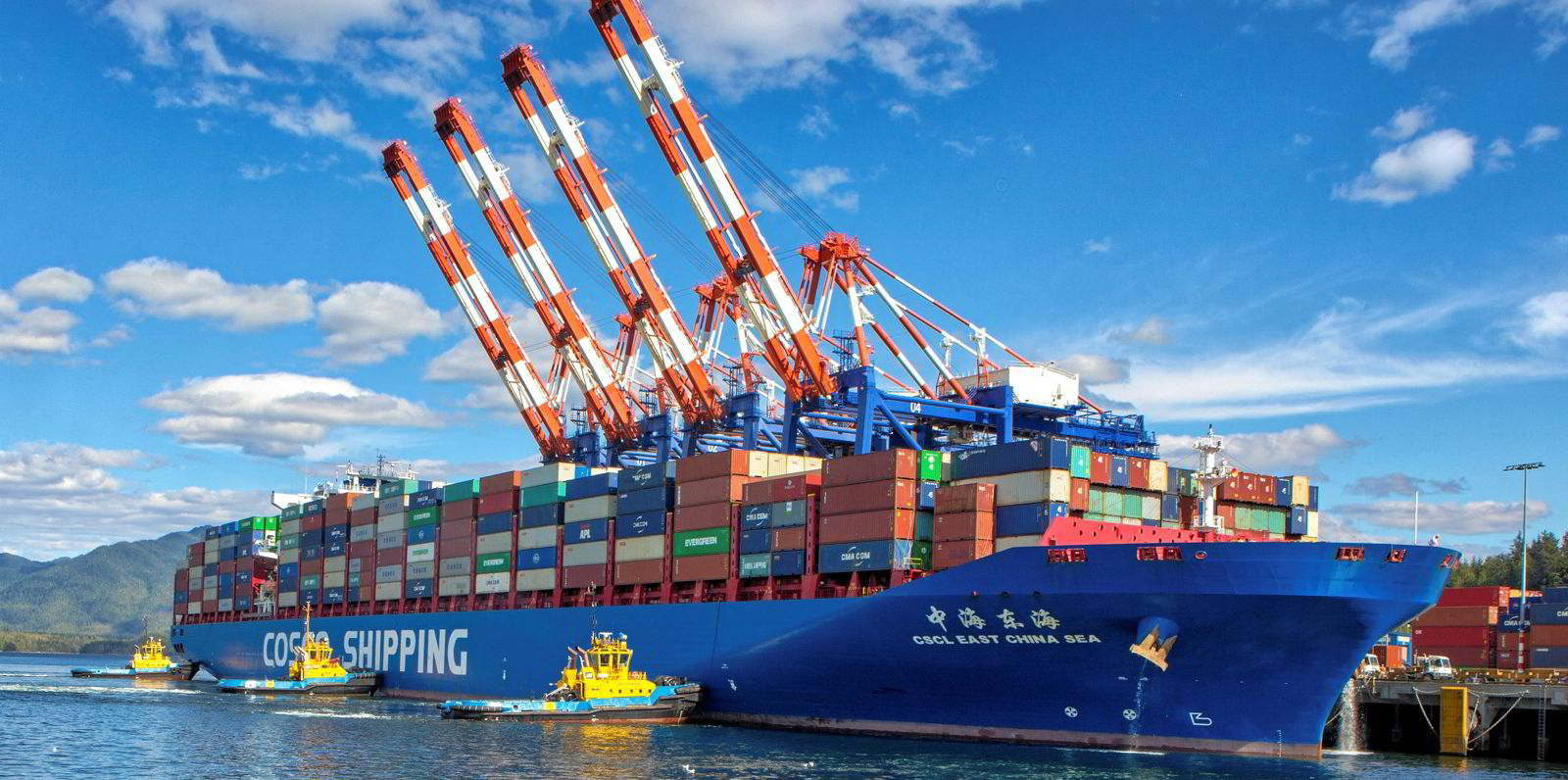Containership capacity is growing at its fastest pace on record although demand is waning.
While the attention has so far been focused on the larger sizes of container ships, the impact has so far been hardest felt by owners of smaller feeder boxships.
Global container capacity has been growing at an average rate of over 190,000 teu per month since April, according to Linerlytica.
That is the fastest ever recorded and is set to continue for the next two years, the analyst said.
The numbers compare to the growth spurt of 2006-2008 and 2014-15 when the average monthly growth rate was just 120,000 teu per month.
The surge in deliveries will present a significant challenge to the ability of liner operators to manage the excess vessel supply.
If lines are to stop the rot, carriers will need to do a lot more, argues London-based Maritime Strategies International (MSI) in its monthly Horizon report.
Liner operators need to use a combination of elevated scrapping volumes, blank sailings, slow steaming, and even suspension of services and idling of tonnage.
These will be needed “to prevent freight rates from reaching deeply loss-making territory”, the firm added.
“The bottom line is clear: there is simply not enough teu demand to fill up the existing capacity,” says MSI.
Record low
The failure of liner operators to manage capacity is reflected in the freight market from Asia to Europe where rates crashed 34% last week to beneath $1,000 per forty-foot equivalent unit (feu).
That is a record low recorded on the trade by the Freightos Baltic Index (FBX) where h rates below breakeven levels and contract levels, says container booking portal Freightos.
It expects carriers will continue to blank capacity in October in an effort to push rates back up, even as volumes likely decline on this lane too.
The ongoing delivery of newbuilding also impacting on the charter market, notably for smaller feeder vessels.
While attention has been on delivery of the ultra-large container vessels, the number of smaller feeder newbuildings being delivered has been significant.
Germany’s Briese Schiffahrt took delivery on 20 September of the 1,930-teu Norderney (built 2023), the fifth in a series of six Bangkokmax vessels it ordered from Guangzhou Wenchong Shipyard.
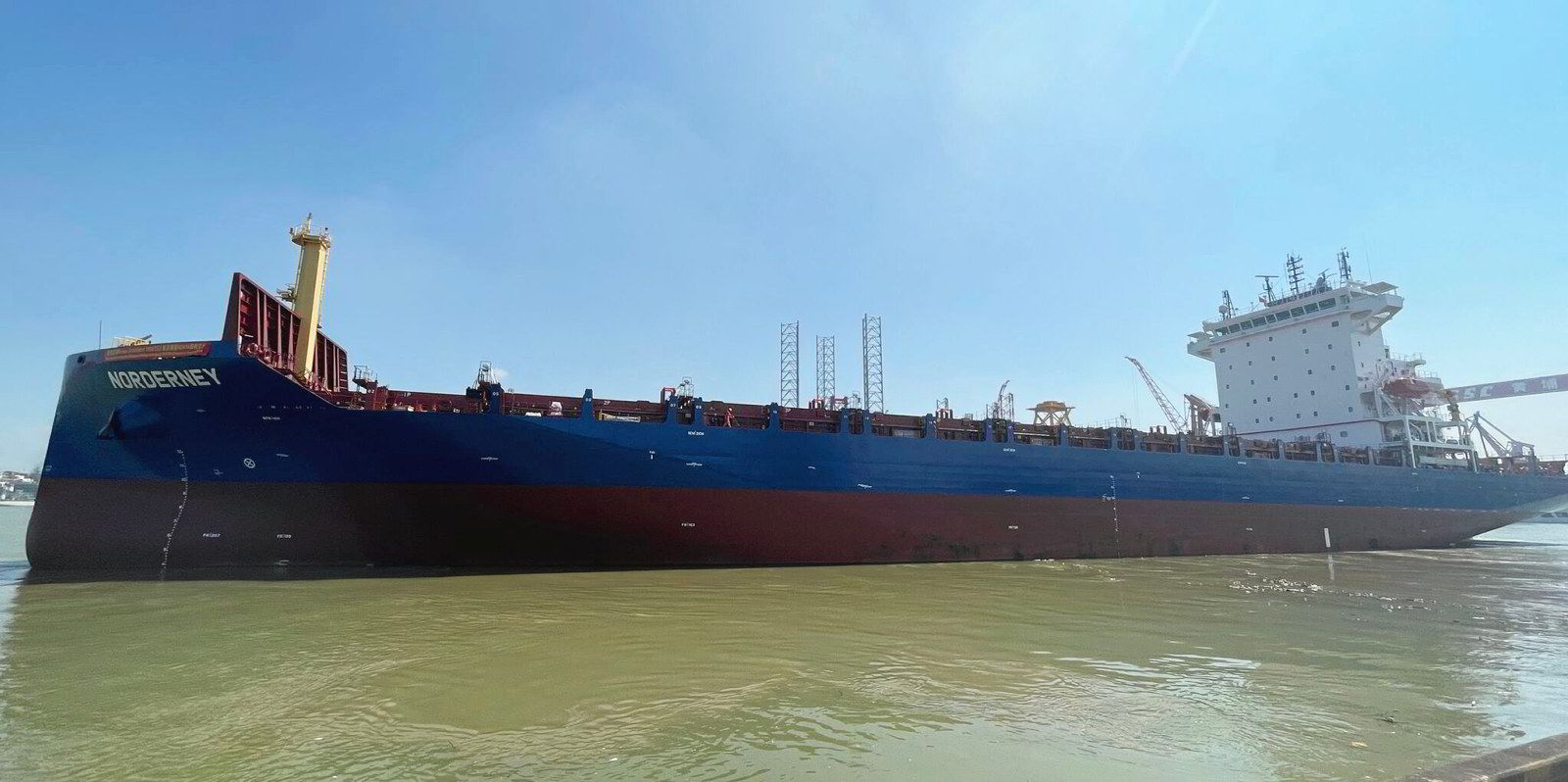
The vessel has been fixed for six to 12 months with Japan’s Ocean Network Express (ONE) at $12,100 per day.
Briese also has six SDARI-designed feeder ships in the process of being delivered from Huanghai Shipyard.
The fifth vessel in that series, the 1,781-teu Langeness (built 2023), was delivered in September. The vessel is also on charter to ONE and operates in a service on the West Coast of Latin America.
These ships add to the tally of around 130 new ships under 3,500 teu that have been delivered in the year to date, according to one shipbroker’s estimates.
That matches the tally for the whole of 2022 and is the highest volume of capacity delivered in this size range since 2008, the shipbroker added.
Pressure on charter market
The addition of capacity in the smaller boxship sector is placing pressure on charter rates.
Benchmark one-year charter for 1700 teu geared vessels down more than 60% over a year to $11,732 per day according to the ConTex index.
The decline is largely due to sluggish intra-Asian trade and is likely to continue at least through to the end of the first quarter next year, says MSI.
“With nearly a container newbuilding scheduled to deliver daily for the rest of the year, it remains difficult to anticipate … where the demand should be coming from to overcome the current supply situation,” says shipbroker Braemar.
Charter rates for larger vessels have sto been more resilient, but the downturn is expected to impact them too in the next couple of months, says MSI.
The analyst points to an avalanche of almost 1.5m teu extra capacity over 7,600-teu expected to hit the water through to the end of March 2024.
That will likely lead to more vessel availability, lower time charter rates and shorter periods.
